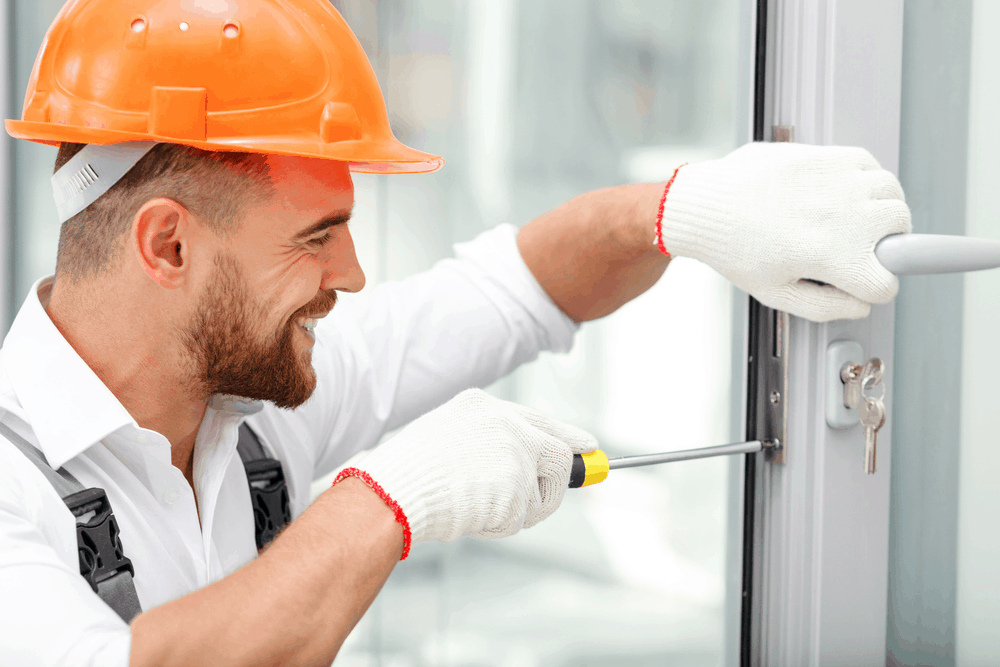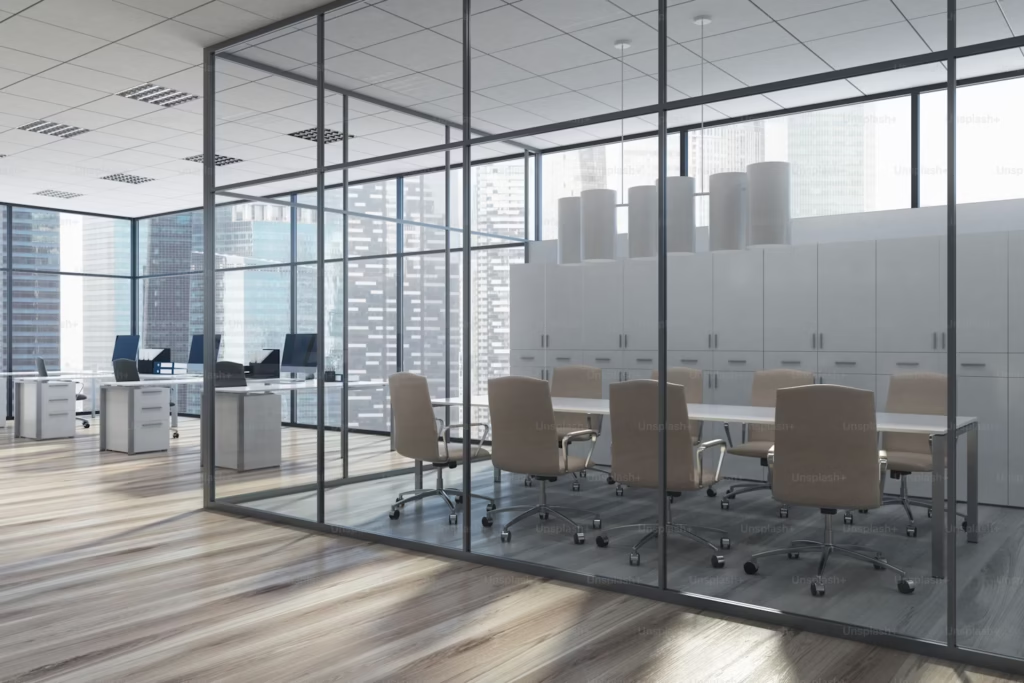About Us

Our Story
Glasser offers Aluminium Doors & Windows Services Dubai, Abu Dhabi and all over United Arab Emirates. We provide with best and reliable services Aluminium Cladding Suppliers, Aluminium Windows Suppliers.
Glasser is one of the leading Suppliers of Aluminium doors, Office Glass Partition, Shower Enclosure Partition, Aluminium Cladding & Mirror and Glasswork windows in Dubai & UAE, with a complete service including professional installation.
Get contact details and address of Aluminium Doors & Windows Services Dubai. Glasser offer our clients a complete range of Aluminium Windows and Door
- Professional Specialist
- Brilliant Ideas
- Precise Builders
- 24/7 Assiatance
What We Offer

Customer Opinions
Our clients consistently praise our: Attention to detail and precision in execution Timely project completion Responsive customer service Innovative design solutions Durability and quality of materials used

Introduction to the Team
Our team comprises skilled professionals with diverse expertise: Experienced designers who bring visions to life Certified technicians ensuring precision in every installation Dedicated project managers overseeing seamless execution Customer service representatives committed to client satisfaction Quality control experts maintaining our high standards Together, we form a cohesive unit driven by passion and excellence

Glasser showcases:
Recognition as a top supplier in Dubai's construction industry Successful completion of high-profile projects across the UAE Certifications for quality and environmental standards Partnerships with leading architects and developers Consistent year-on-year growth in market share
We Provide the Best Service in Industry
Transform your space with Glasser’s premium Aluminium and glass solutions. Contact us today for a free consultation and quote. Let’s bring your vision to life with our expertise and craftsmanship.




